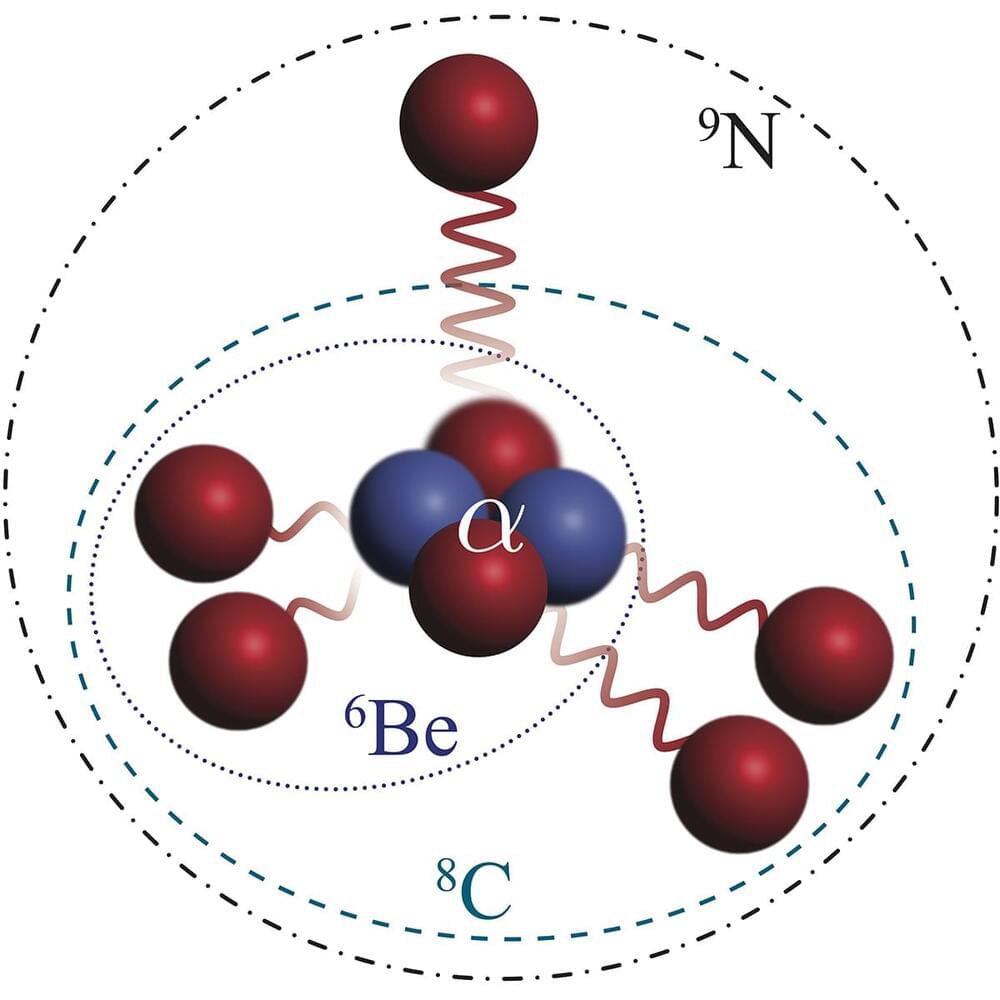ChatGPT is taking the world by storm and people are continuing to discover interesting new uses for the technology. As the name suggests, its original primary purpose was to act as a very sophisticated chat bot. But it can do much more, including writing code and simple articles. It can also mirror some of the capabilities of voice assistants like Siri and Alexa when combined with voice-to-text and text-to-speech services. Adafruit’s M. LeBlanc-Williams used that capability to create a voice assistant teddy reminiscent of Teddy Ruxpin.
Teddy Ruxpin is an animatronic teddy bear toy for children first released in 1985, when it became an instant success. Using a cassette player build into the back, the original Teddy Ruxpin could read stories aloud to children while moving around. Because cassette tapes have two audio tracks for stereo sound, the toy could use one audio track for the story and use the other for data. That data would contain movement commands, letting Teddy Ruxpin move along with the audio in a choreographed manner. The technology was quite impressive for the time, but doesn’t come close to what LeBlanc-Williams achieved here.
LeBlanc-Williams started with a Peek-A-Boo Teddy Bear from a company called GUND. This is a toy similar to Teddy Ruxpin, but more rudimentary. It can only recite a handful of different pre-recorded audio clips while moving its mouth and pulling up a sheet with its arms to play peek-a-boo. For this project to work, LeBlanc-Williams had to replace the original electronic components with more powerful hardware.







